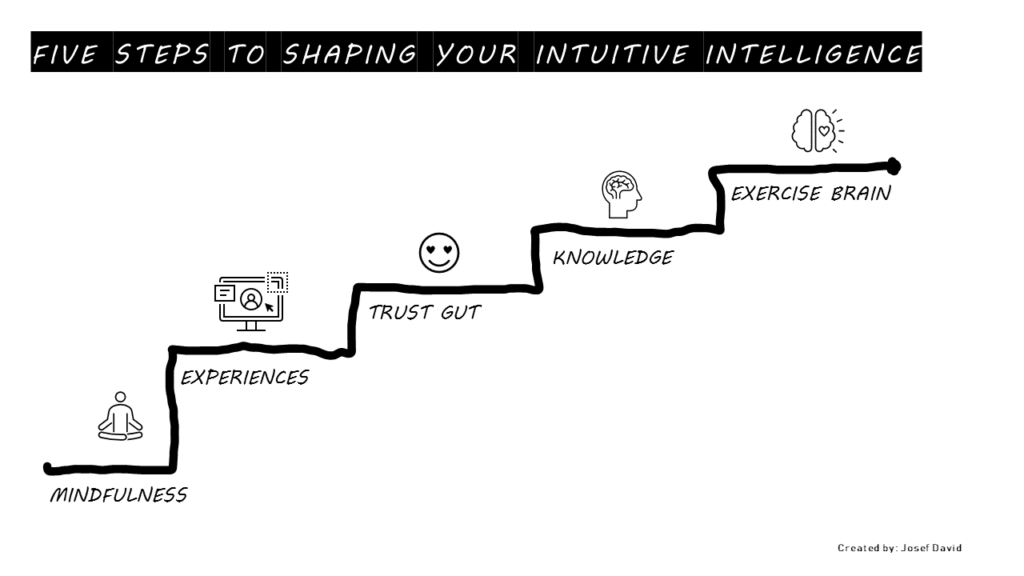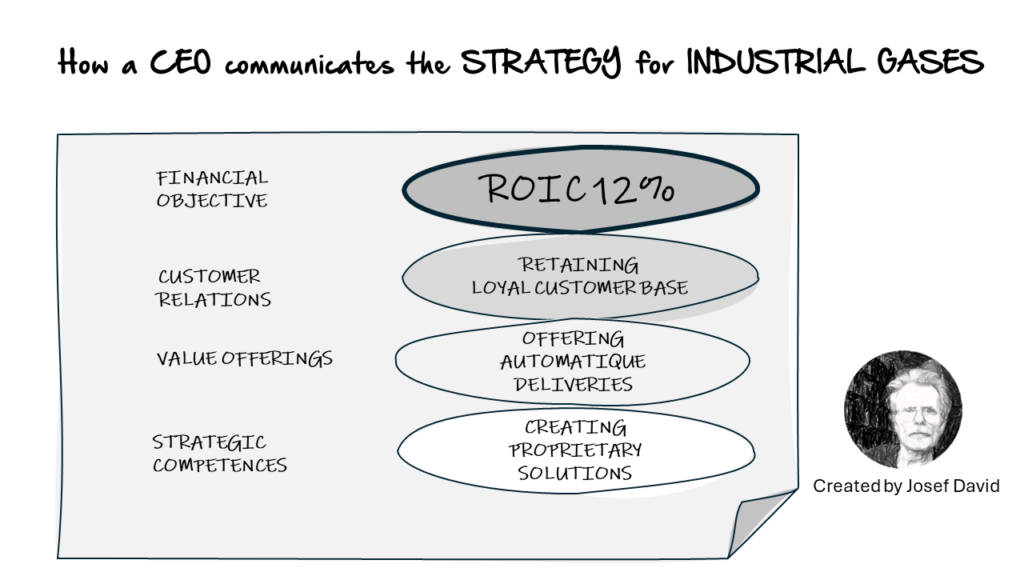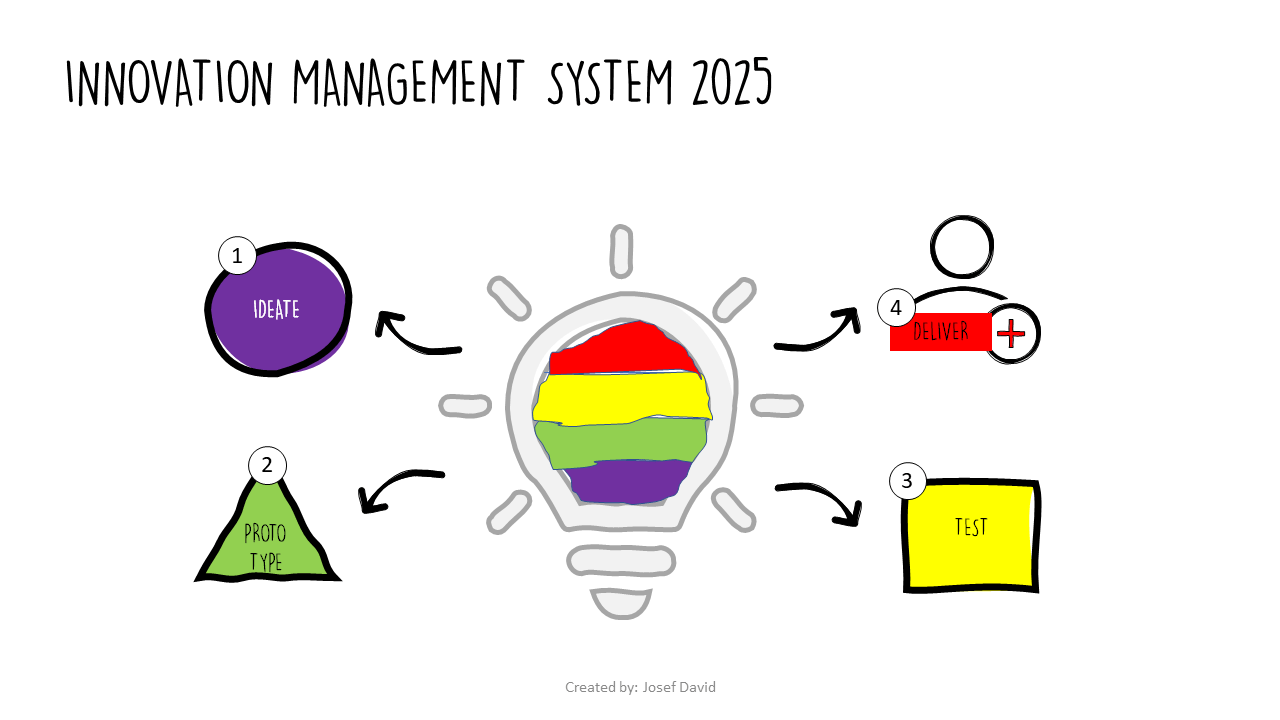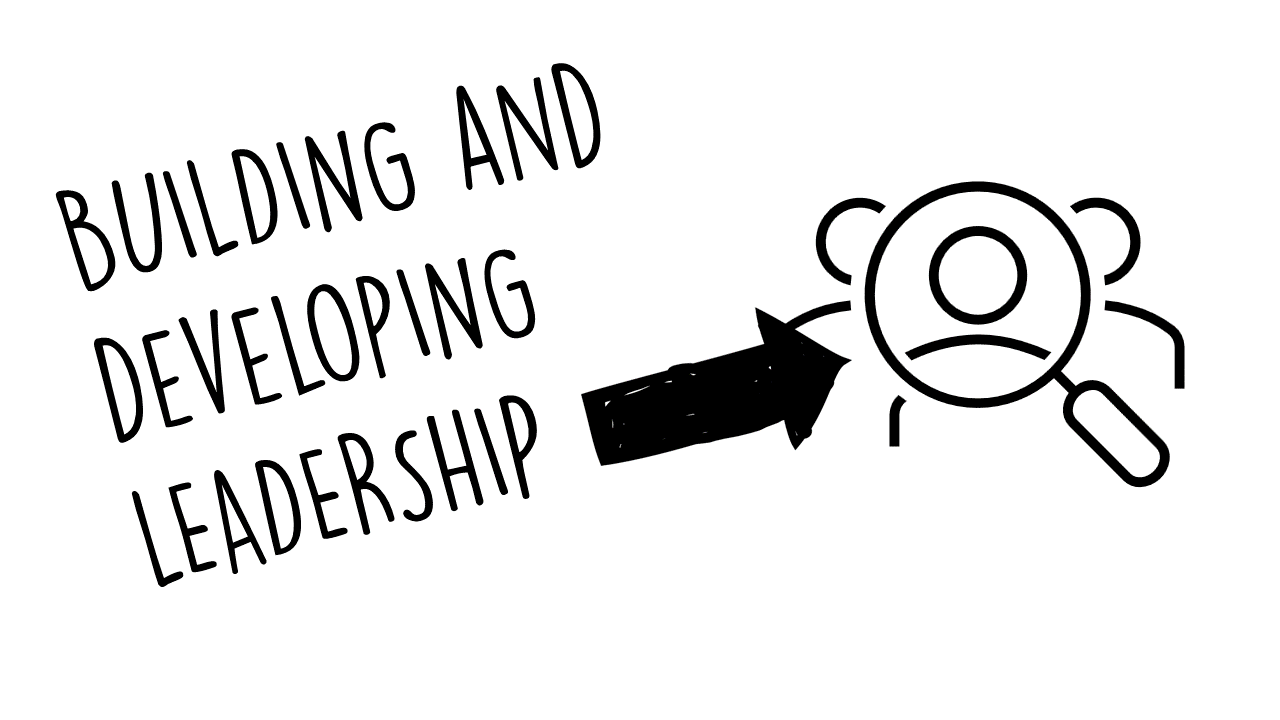Storyboarding and sketchnoting are powerful tools that can be used to visualize and communicate strategic business scenes. These techniques allow for the creation of a visual narrative, which can help to clarify complex ideas, facilitate understanding, and foster collaboration.
Here are ten top strategic business scenes where storyboarding and sketchnoting can be particularly effective:
1. Product Development: Storyboarding can be used to visualize the development process of a new product, from initial concept to final production. This can help teams understand the steps involved, identify potential challenges, and brainstorm solutions.
2. Marketing Campaigns: Sketchnoting can be used to map out marketing strategies, including target audience profiles, key messages, and channels of communication. This visual approach can help teams align on campaign objectives and tactics.
3. Sales Strategies: Storyboarding can be used to illustrate a sales process or customer journey. This can help sales teams understand customer needs and behaviors, and develop more effective sales strategies.
4. Organizational Change: When a company is going through significant changes such as restructuring or mergers, storyboarding can help communicate these changes in an easy-to-understand way.

5. Project Management: Sketchnoting can be used to outline project timelines, tasks, and responsibilities. This visual approach can help teams stay organized and on track.
6. Training Programs: Storyboarding is an effective tool for designing training programs. It allows trainers to map out the learning journey in a way that is engaging and easy for trainees to follow.

7. Customer Service Improvement: Sketchnoting customer feedback and experiences can provide valuable insights into areas for improvement in customer service.
8. Risk Management: Storyboarding potential risks and their impacts on different areas of the business can help companies prepare for unexpected events.
9. Innovation Planning: Sketchnoting brainstorming sessions encourages creativity and innovation by visually capturing ideas in a non-linear way.

10. Strategic Planning: Storyboarding the company’s strategic plan can help communicate the vision, mission, and strategic objectives to all members of the organization in a clear and engaging way.

Strategic business scenes using storyboarding and sketchnoting involve the use of visual tools to map out business strategies, processes, or scenarios. These techniques can be particularly useful in complex or abstract situations where verbal or written explanations may fall short. By creating a visual narrative, storyboarding and sketchnoting can help to clarify ideas, facilitate understanding, and foster collaboration.
In conclusion, storyboarding and sketchnoting are powerful tools for visualizing and communicating strategic business scenes. They can be used in a variety of contexts, from product development to strategic planning, to facilitate understanding and collaboration. As next steps, consider how these techniques could be applied in your own organization. Start small by sketchnoting a meeting or storyboarding a simple process, and gradually incorporate these techniques into more complex strategic scenarios.





